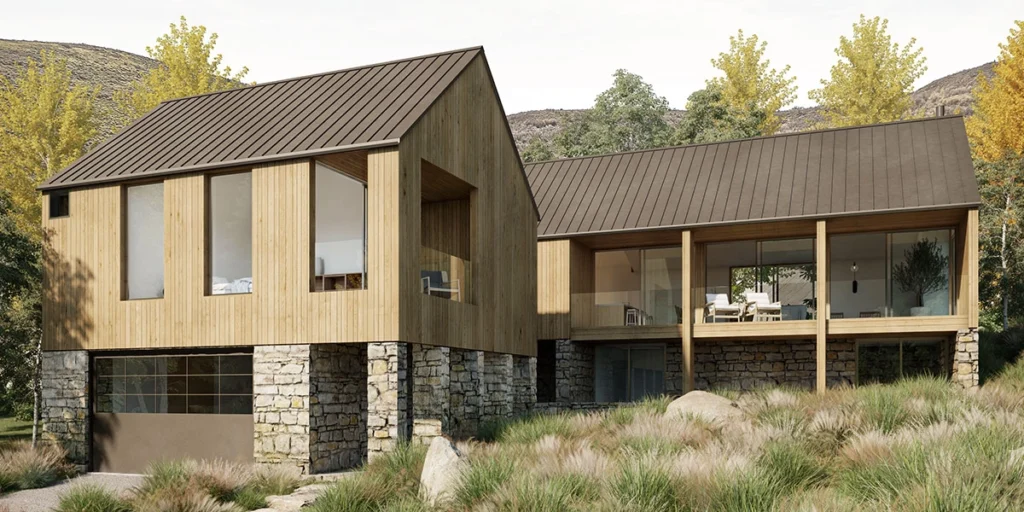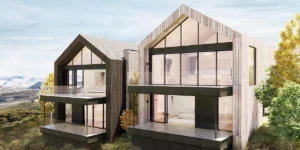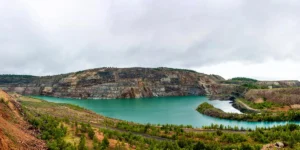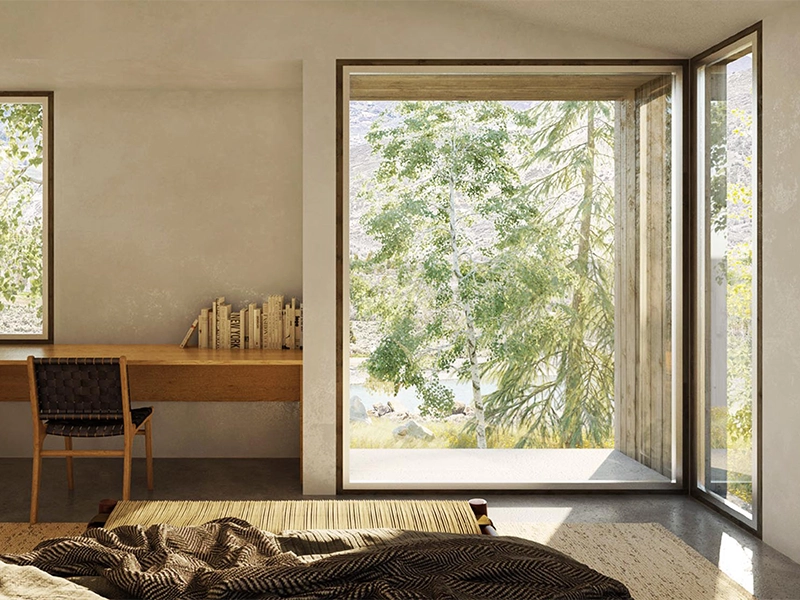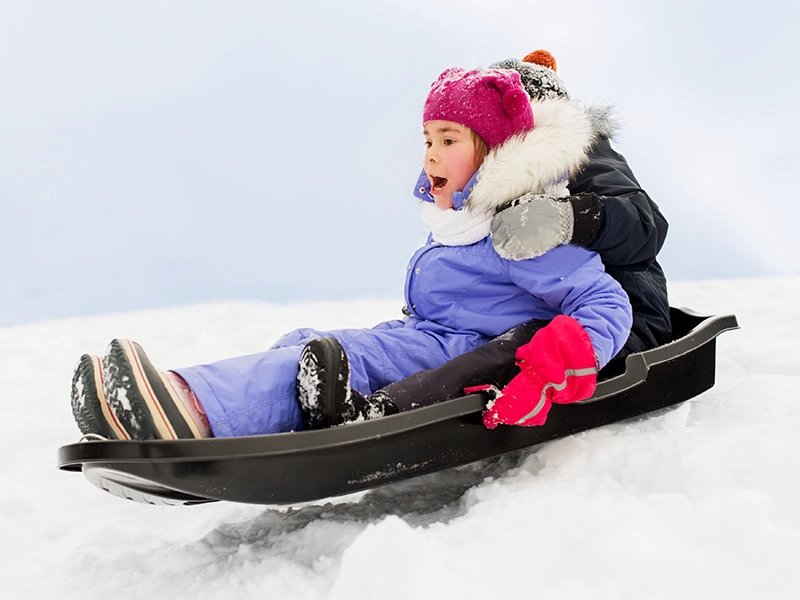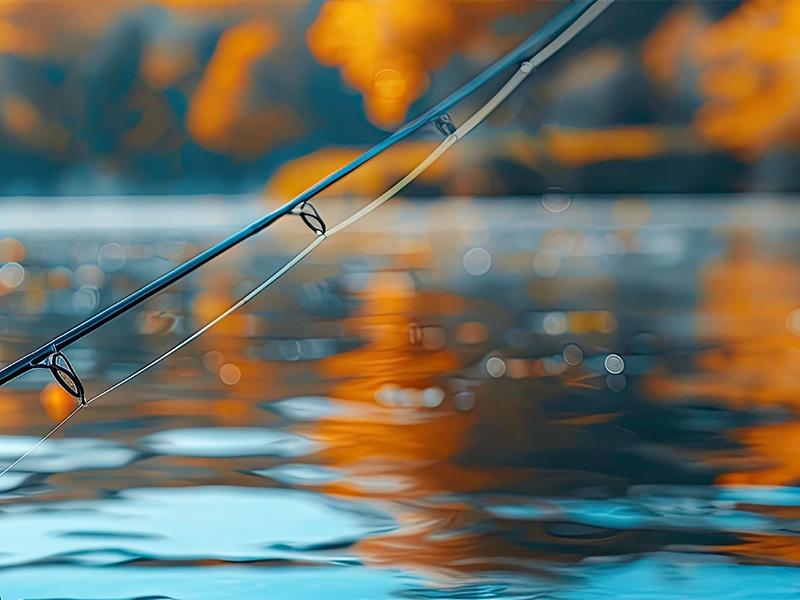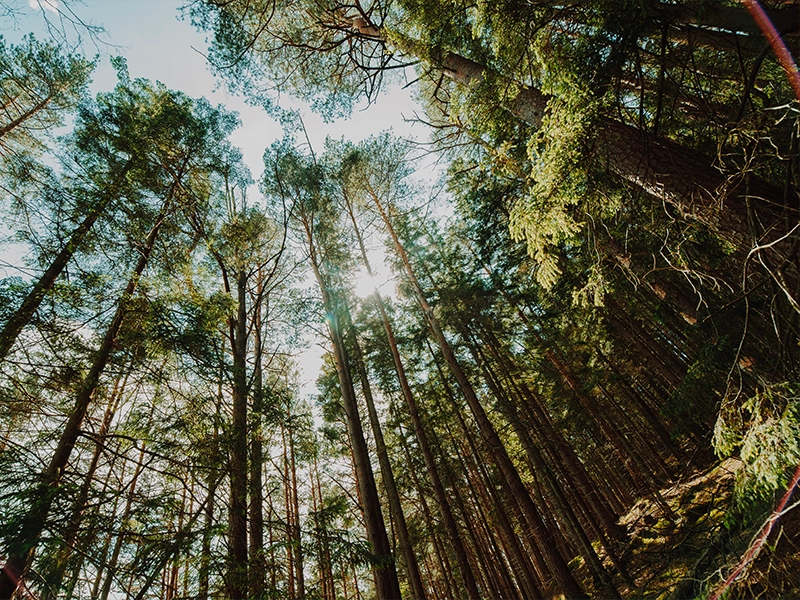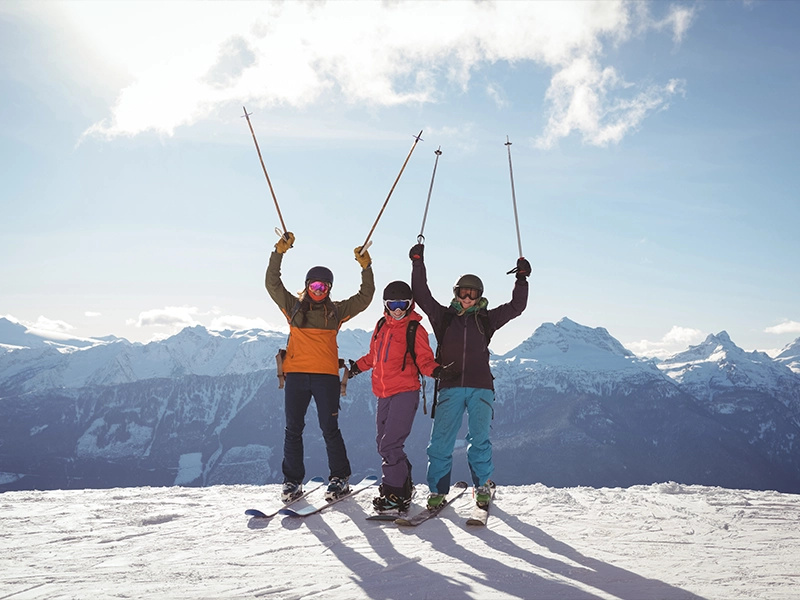Designing for high-altitude landscapes introduces a unique set of challenges: shorter growing seasons, heavy snow loads, steep grades, and rocky soils that can make gardening a test of patience. But here’s the truth—when done thoughtfully, high-elevation landscaping can be some of the most stunning in the world.
At Wildwood Reserve, nature provides a breathtaking backdrop: rolling ridges, alpine forests, and panoramic lake views. The goal isn’t to fight the land—it’s to work with it.
Planting Choices & Strategies
Not all plants are cut out for mountain living, but choosing wisely means you’ll enjoy beauty that lasts year after year.
-
🌲 Native & hardy species – Think conifers, scrub oak, juniper, mountain mahogany, birch, serviceberry, columbine, lupine, and sagebrush. These plants already know how to thrive at elevation.
-
💧 Drought-tolerant picks – The freeze-thaw cycles and mountain precipitation patterns make hardy, low-water plants a must.
-
🌱 Low-maintenance greenery – Groundcovers, sedges, and fescue grasses not only handle snow and cold, but also soften the landscape with year-round texture.
-
❄️ Windbreaks & snow catchers – Shrubs or small berms can be strategically placed to guide drifting snow away from walkways and foundations.
Imagine sipping your coffee on the deck, watching hummingbirds dart around lupine and columbine—plants that not only survive but thrive at 7,000 feet.
Erosion Control & Soil Stabilization
Steep slopes are part of mountain living, but they don’t have to be a headache. Smart landscaping can turn challenges into features.
-
Terracing & retaining walls – These create usable space on hillsides while adding layered visual interest.
-
Erosion blankets & mats – Biodegradable fabrics give seedlings a fighting chance to root on slopes.
-
Deep-rooted species – Native grasses, shrubs, and trees stabilize soil and protect against washouts.
-
Rock mulch & gravel paths – These slow down runoff while tying in seamlessly with the natural mountain aesthetic.
Walking paths edged with stone not only control water flow but invite exploration, turning steep terrain into a feature rather than a flaw.
Hardscaping & Surface Design
Hardscaping at elevation requires durability. Materials need to withstand both intense sun and months of snow.
-
Natural stone steps and terraces – Flagstone and modular stone blocks complement the mountain-modern look of homes at Wildwood.
-
Drainage systems – French drains, swales, and culverts keep meltwater from pooling where it shouldn’t.
-
Snow-friendly pavements – Textured pavers and rough surfaces prevent slipping and resist ice buildup.
-
Outdoor water features – Pondless waterfalls or stone troughs that shut down easily in winter bring serenity without the maintenance headache.
-
Lighting & safety – Path lights, uplights, and snow-melt sensors keep outdoor areas usable even on the darkest, snowiest nights.
Seasonal Considerations
One of the most important things in mountain landscaping is planning for winter first.
-
Avoid low-hanging branches near walkways (no one wants to duck under an icy pine).
-
Leave open areas for snow stacking during plowing season.
-
Use evergreens and strong structural forms (stone, shrubs, conifers) to maintain visual interest when perennials go dormant.
Winter landscapes at Wildwood Reserve can be breathtaking—think frosted pines, snow-draped boulders, and glowing uplights—but only if designed to handle the season gracefully.
Conclusion: Beauty Meets Resilience
High-elevation landscaping is about balance. Yes, you want dramatic beauty. But you also need practicality—plants that survive, slopes that stay put, and hardscaping that makes outdoor living safe and comfortable year-round.
At Wildwood Reserve, thoughtful landscaping doesn’t just add curb appeal; it enhances the entire living experience. From snowy winters to wildflower summers, your outdoor spaces can evolve with the seasons while always feeling intentional, inviting, and deeply connected to the land.
